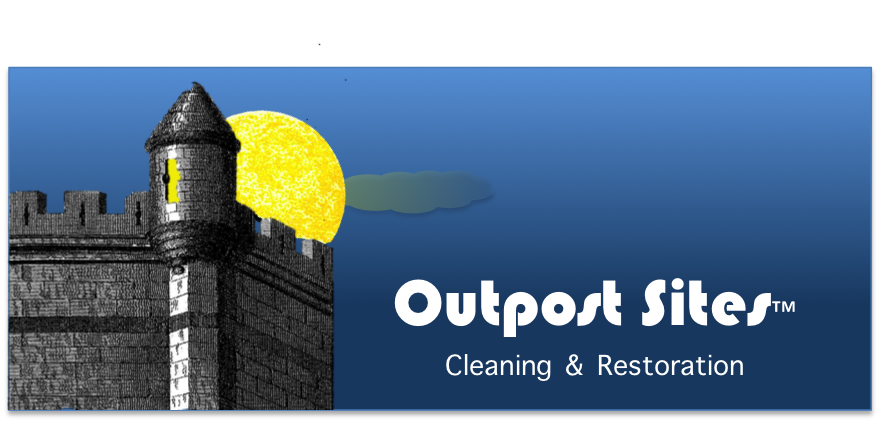|
How Mold Works
Mold is everywhere. It’s easy to spot if out in the open; you can smell the mustiness. While it can hide, such as behind walls, it doesn’t stay just on the surface … mold spores travel, and some have severe reactions to any exposure. Ubiquitous in the natural environment, mold serves a vital role outdoors by breaking down dead organic matter, such as fallen leaves and trees. However, mold growth poses a significant concern where you don’t want mold (indoors). Because of how mold grows, with tiny, invisible spores that drift through outdoor and indoor air, mold finds fertile ground for growth when landing on wet surfaces. The United States Environmental Protection Agency says this about mold: “Molds reproduce by means of tiny spores; the spores are invisible to the naked eye and float through outdoor and indoor air. Mold may begin growing indoors when mold spores land on surfaces that are wet. There are many types of mold, and none of them will grow without water or moisture.” Identifying types of molds is a challenge, as they come in all shapes, sizes, colors, and more. Professional mold remediators are experts at identification. Mold is not considered a plant. It is considered a fungus, but like a plant, it needs a food source and certain conditions to grow. If you have a dark, warm area and add some moisture to it, along with a food source such as wood products or even dirt, you have the recipe for mold. The challenge with mold, whether avoiding it or removing it, lies in moisture management. The presence of mold in your home necessitates prompt cleanup and removal of any water-related issues. Many experts say drying water-damaged areas and items within 24-48 hours of the damage occurring is important to prevent mold growth. Health concerns warrant attention. Consulting a health professional before commencing cleanup is advisable, especially if pre-existing health conditions are a concern. While molds are a natural part of the environment, their presence indoors demands proactive measures. Through effective moisture control and timely cleanup, in conjunction with consulting professionals, homeowners can minimize the risks associated with mold growth, ensuring a safer and healthier living environment for everyone in the home. If you ever do have any water intrusion issues and especially with mold concerns, do the right thing. Call your favorite disaster restoration company. After all, it pays to call a pro! How Flash Floods Work
This is the time of the year when we need to think about the possibilities of heavy snowfall, rain, and especially spring flooding, such as flash floods, which could be right around the corner. Flooding is a natural disaster that can devastate homes, causing extensive damage and chaos for your family. Understanding how to first prevent and, if the unthinkable does occur … recover from flooding is essential for homeowners. Let’s look at what flooding is and where and when it can occur so you can analyze your own situation and prepare—if needed. Flooding occurs when an overflow of water inundates land that is typically dry. Various factors, including heavy rainfall, coastal waves, rapid snowmelt, or the failure of dams and levees, can trigger it. Floods can wreak havoc with as little as a few inches of water or submerge entire houses, lasting for days, weeks, or even longer. Floods are the most widespread of all weather-related natural disasters. Flash floods are hazardous as they combine the destructive force of floods with incredible speed. These occur when heavy rainfall exceeds the ground's ability to absorb it. Flash floods can also result from water filling ordinarily dry creeks or streams or when streams overflow their banks, causing rapid water rises within a short timeframe. These events can unfold within minutes, leaving little time for public warning and protection. The only good news here is this doesn’t occur everywhere, but you should know if you are in a zone that could be affected. Do your research. Areas at Risk The first would be densely populated areas. Urban development, including buildings, highways, and parking lots, increases runoff by reducing ground absorption and elevating the risk of flash floods. The failure of storm drains is also a concern. In cities and towns, underground routing of streams into storm drains can overflow during heavy rain, flooding nearby roads and buildings. Even low spots can be a concern, such as underpasses, underground parking garages, basements, and low-water crossings. Areas near rivers, mountainous regions, and when dams release water for safety reasons, are all concerns as well. If your home is in the pathway of possible water, prepare your home with smart landscaping and other means to keep water from entering. What You Can Do While the risk of flooding is always there, you can prepare. Having a professional restoration company on your side will help bring your damaged home back to pre-flood condition. Contact your favorite restoration company and get their help if something does happen. After all, it pays to call a pro! How Condensation Works
While most don’t worry too much about it, condensation can damage surfaces in your home. Understanding how it works and then dealing with it will protect your home from unexpected damage. How does it happen? Condensation occurs when moist, warm air cools down and can no longer hold all the water vapor it contains, causing that moisture to condense into water droplets and land on surfaces. Here is a quick guide to how condensation works: Temperature Difference: Condensation typically occurs when there is a temperature difference between indoor air and a surface. Think of how moisture builds up on the inside of a window. Even when you can’t easily see it, this type of condensation can occur. Dew Point: This is the temperature at which air becomes saturated or full of moisture and can no longer hold all the water vapor. When the temperature drops below the dew point, condensation forms on surfaces. Water Droplet Formation: As warm, humid air meets a colder surface, it loses heat to that surface. This causes the air temperature near the surface to drop below its dew point, which means water droplets will form on the surface. Effects on Surfaces in Homes Condensation on windows is a common occurrence during colder months. It can lead to water droplets on the glass, which, if not addressed, can create moisture-related issues. Prolonged condensation on windows can contribute to mold and mildew growth, damage to window sills, and even wood rot in severe cases. Condensation on interior walls and ceilings can result in water stains and discoloration, which can be tough to remove. Over time, it can lead to mold, which many consider a health concern, in addition to the damage mold can do to materials. Attics and crawlspaces can also be affected. In areas with poor ventilation, condensation can accumulate. This can damage insulation, wooden structures, and roof materials, potentially leading to costly repairs. Basements are a big concern as condensation can lead to dampness, water damage, and mold growth. It can also affect stored belongings and cause an unpleasant odor. Preventing condensation and addressing it promptly can help maintain the structural integrity and overall comfort of your home while minimizing the risk of moisture-related issues. If you have any questions or concerns about any moisture issue, especially after a flood in your home, do the right thing and call your favorite restoration company. After all, it pays to call a pro! How Freezing Works
It’s winter. And it’s cold out — in many parts of the country, anyway. With winter comes freezing. It’s a phenomenon that occurs routinely. The science of freezing is a fascinating process governed by physical and biological factors that profoundly impact the environment. And freezing can really make a bad situation for your home if the temperature drops low enough. Just like in your kitchen freezer, water plays a central role in the freezing process in nature. Water freezes at its familiar temperature of 0°C (32°F) under normal atmospheric pressure. However, in essence, variables like altitude, salinity, and the presence of impurities can affect this freezing point, resulting in unique and diverse freezing scenarios. What it does to your home 1. Burst pipes: Burst pipes are the most common problem associated with freezing. As water freezes inside a pipe, the pressure builds up between the ice blockage and the closed faucet downstream. Eventually, this pressure can cause the pipe to rupture. 2. Cracked fixtures: Plumbing fixtures like faucets, valves, and even the toilet tank can crack when water freezes and expands. These cracks can lead to leaks, reduced water pressure, and the need for costly repairs or replacements. 3. Blockages: Ice can also create blockages within pipes. Even if a pipe doesn't burst, a partial or complete blockage can occur, causing reduced or no water flow through the affected pipe. This can disrupt water supply and drainage systems in your home. 4. Damage to outdoor plumbing: Exterior plumbing components, such as outdoor faucets, hoses, and sprinkler systems, are particularly vulnerable to freezing temperatures. Water left inside these fixtures or pipes during the winter can freeze and cause them to crack or burst when the ice expands. 5. Weakening of pipe material: Repeated freezing and thawing cycles can weaken the structural integrity of pipes over time. This can increase the risk of future leaks and plumbing failures, even if the lines don't burst immediately. To prevent freezing-related plumbing problems, it's essential to take proactive measures during cold weather, such as insulating pipes, keeping a trickle of water flowing when it is really cold, sealing gaps and cracks, and more. But if something does happen and you have water damage from frozen pipes or other disastrous issues, do the right thing. Call your favorite restoration company. After all, it pays to call a pro! How Deductibles Work
Homeownership entails numerous responsibilities, one of which includes navigating the world of insurance policies and the subtle nuances within them. Central to understanding your homeowners' insurance policy is a mastery of the different types of deductibles: Standard and percentage deductibles, each catering to other aspects of coverage. Standard deductibles Standard deductibles are fixed amounts, typically from $500 to $2,000 and more, representing what you'll pay out-of-pocket for most insurance claims. Regardless of the damage cost, this amount remains constant. However, specific claims are more peculiar and necessitate a different kind of deductible known as the percentage. Percentage deductibles Percentage deductibles primarily apply to claims related to wind, hail, and hurricanes, calculated as a percentage of your home's insured value, usually between 1-10%. For instance, for a home insured for $400,000 with a 1% deductible, any claim would require a $4,000 payment out-of-pocket before insurance covers the remaining cost. If you opt for the higher percentage, you can see how quickly this type of coverage can get expensive if something happens to your home. Disaster deductibles Beyond the regular realms, there are disaster deductibles. Standard policies typically do not cover natural disasters like earthquakes, mudslides, and sinkholes. The deductibles for these are also percentages of the insured value, with areas prone to specific disasters having higher minimum percentage deductibles, like most California homes having around 15%. In regions like Florida, sinkhole coverage is mandatory due to the prevalence of ground cover collapse. Flood insurance Flooding is another peril not covered under standard policies, necessitating additional coverage, especially for residents in high-risk flood areas. Flood insurance, available through the National Flood Insurance Program (NFIP) and private insurers, offers two types of deductibles: Building damage and content damage. Choosing the right deductible involves balancing short-term and long-term costs, assessing financial resilience, and understanding how deductibles impact premiums. Premiums, the periodic payments made to maintain coverage, are influenced by risk levels set by insurers based on factors like construction, age of the home, and regional claims history. It's crucial to note that filing claims may increase premiums, regardless of the deductible amount. The nature of your claims, frequency, and the cumulative cost to the insurer are crucial factors in determining future premium costs. All this being said, you do have help. Your favorite restoration company is your expert on disaster restoration and working with your insurance company to get you back to normal. After all, it pays to call a pro! How Adjusters Work
When a storm wreaks havoc on your property, assessing the damage and beginning the recovery process can be overwhelming. You may not know where to start. And you certainly wonder who will pay for it all, either your insurance company or you. You have insurance for your home, so you hope everything is covered. Much of that comes down to the adjuster and the details of your insurance policy. All things being equal, though, what plays out is often based on people. And the decisions they make. Understanding what an insurance adjuster is and how one operates will help you in the event of the unimaginable happening to your home, whether fire, flood, or other damage. You want a smooth transition from damage assessment all the way to repair and getting back to normal. What are ‘adjusters’? Property insurance adjusters, or claims adjusters, evaluate property damage to determine how much an insurance company should compensate the policyholder and even scarier … IF they should. They inspect the damaged property, review policy details, and determine the validity and worth of a claim. In the past, adjusters visited all sites. Now, they may do it remotely. But odds are a visit to your home for the inspection and evaluation is what you can expect. The process Once a claim is filed, the insurance adjuster will contact the policyholder to discuss the details of the damage. The adjuster visits the damaged property to assess the extent and cause of the damage. They will take photos, measurements, and notes. The adjuster should review the insurance policy to see what is covered, any exclusions, and the policy limits. Based on the policy details and the assessment, the adjuster will either approve or deny the claim. If approved, they will provide an estimate of the repair costs. Once an agreement is reached, the insurance company will pay the claim directly to the policyholder or the repair contractors. If you are paid, you are responsible for paying the contractors. Each state has unique laws regulating payment. In the process, be sure to document everything. Take as many pictures as you fee you need, then take more. Use video. Protect yourself. The more information you have documented, especially photos and videos, will help your case if you have any issues with coverage. You have an ace in the hole, as well. That would be your favorite disaster restoration firm. Call them if you ever have damage to your home. They will walk you through the process and be there for you, and do the cleanup and repair work, and most likely bill your insurance company. After all, it pays to call a pro! How Dehumidifiers Work
When storms strike, and heavy rains fall, humidity increases, and the ground can become swollen with water. And that means the humidity in your home can go up, especially in the basement. Add a lack of light, and you have a perfect scenario for mold growth. Having a water-tight home to fight this would be best, but that’s virtually impossible. But there are ways to waterproof your home — to some degree — but you can always work to reduce the humidity. That’s where dehumidifiers come into play. They are small appliances (the pros use large commercial units) designed to reduce humidity in the air by removing excess moisture. They are invaluable units to have on hand. Using them improves comfort and prevents serious issues such as mold growth, musty odors, and possible damage to surfaces caused by increased humidity. How they work The first is the air intake. Dehumidifiers draw in air with a fan and pass that moisture-laden air through a filter to remove dust and particulates. Then once the air is inside the unit, it meets cooling coils that are colder than the dew point temperature of the ambient air. When this happens, the moisture in the air condenses into water droplets on the waves. From there, these droplets end up in a drip pan or tank at the bottom of the dehumidifier. Some of these are small, others larger. Some fill up and must be drained regularly, while others have a hose that allows the water to drain out, such as into a sump pump basin. More expensive options include a pump draining into a floor drain, sink, or other receptacle. As all this happens, heat is lost in the condensation process while the air passes through the cooling coils, and the now dry and cooler air is put back into the room. The cycle continues, and most units have a monitor to tell you the humidity level, but if not, you can use a simple gauge to see the progress. And some can be set to a specific humidity control setting. There are different types of dehumidifiers, with the refrigerant type being the most common. But even with all your moisture control efforts, the unthinkable sometimes happens. Water intrudes, musty odors occur, and mold can grow. Be sure to contact your favorite restoration company with any questions or concerns. They are there for you. After all, it pays to call a pro! How Wind Works
Wind, that invisible force that rustles leaves, fills sails, shapes landscapes, and more, is a fascinating natural phenomenon. Have you ever wondered how wind forms and develops? At its core, wind is the movement of air from areas of high pressure to areas of low pressure. You could say that the sun is to blame for wind as air movement is primarily influenced by the sun's uneven heating of the Earth's surface. When sunlight strikes the Earth, different surfaces absorb and radiate heat at varying rates. This creates temperature differences, leading to differences in air pressure. This leads to wind. How it works As the sun warms the Earth's surface, the air above it also warms up. Warm air is lighter and less dense than cool air, causing it to rise, a current. This upward movement creates a region of low pressure at the ground's surface. So, in areas where the air cools, it becomes denser and sinks, creating high pressure areas. The movement of air from high-pressure to low-pressure regions generates wind. Air moves horizontally from areas of high pressure to areas of low pressure to balance out the differences in pressure. This movement is known as atmospheric circulation. However, wind patterns are not solely dictated by temperature differences. Other factors, such as the rotation of the Earth and the Earth's topography, play roles in shaping wind patterns. You might wonder about wind currents, such as in the United States. It’s about the rotation of the Earth. Northern Hemisphere, the deflection causes air to curve to the right, while in the Southern Hemisphere, it curves to the left. This deflection influences the direction of winds, contributing to wind patterns. On a smaller scale, landscapes such as mountains, valleys, and bodies of water can impact wind patterns. Mountains, for example, can obstruct air flow, causing it to rise and create localized areas of low pressure. Then on the other side, air descends, creating areas of high pressure and often resulting in drier, warmer conditions. Wind is an integral part of storms. Whether a hurricane, tornado, or strong winds from a thunderstorm, wind is impressive and has a lot of power. Wind at times turns into your enemy. When that happens and your home is damaged, do the right thing. Call your favorite disaster restoration company. After all, it pays to call a pro! |
Mid Ohio Remediation Akron OH
Call 877-377-1274 Archives
March 2024
Cleaning OutPost Akron OH
|
Would you like to get your own OutPost Site? Cleaning and restoration firms who are MarketingZoo.com members get
|
CleaningOutpost.com Directory of Cleaning & Restoration Businesses is a service offered by MarketingZoo.com
Copyright 2015 Thinkshortcut Publishing, LLC
Copyright 2015 Thinkshortcut Publishing, LLC
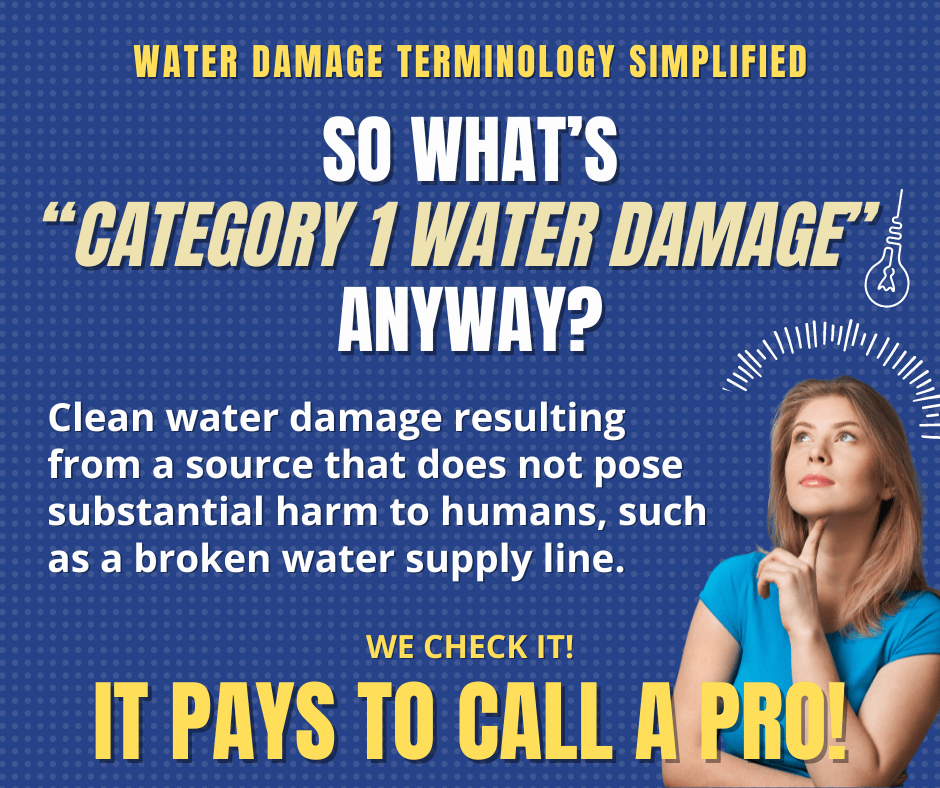
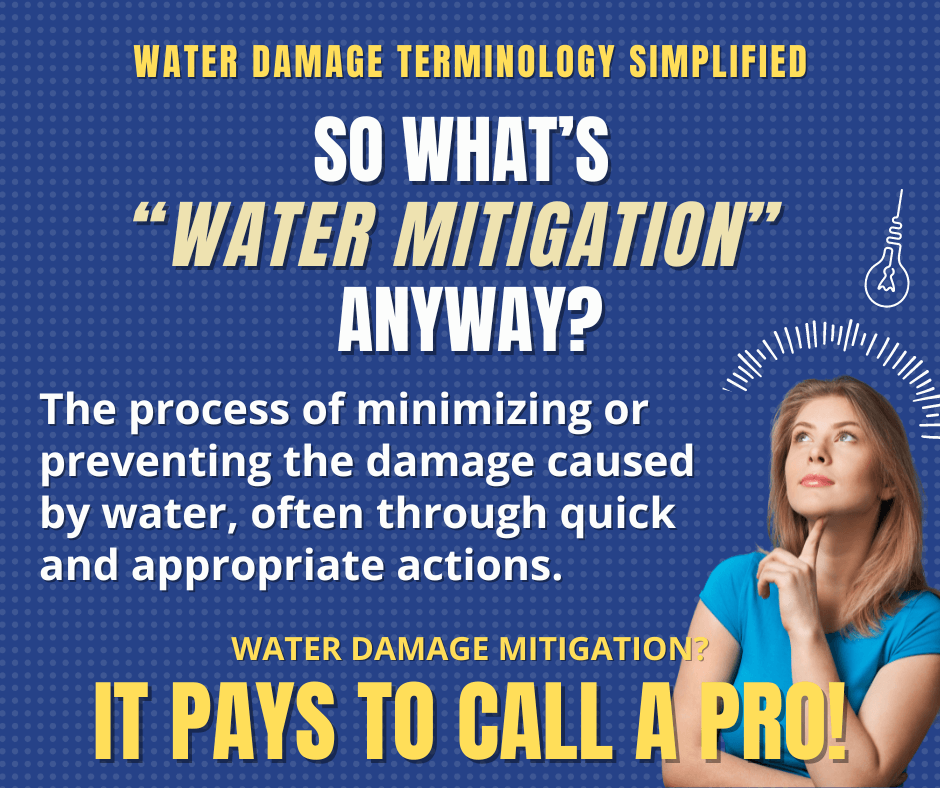

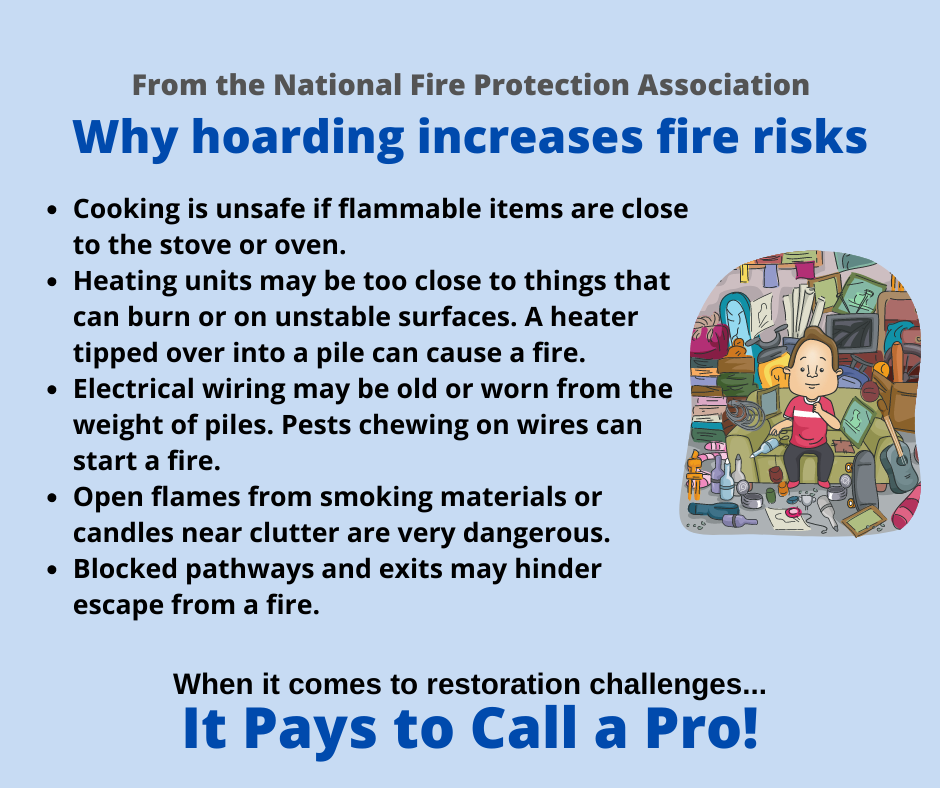
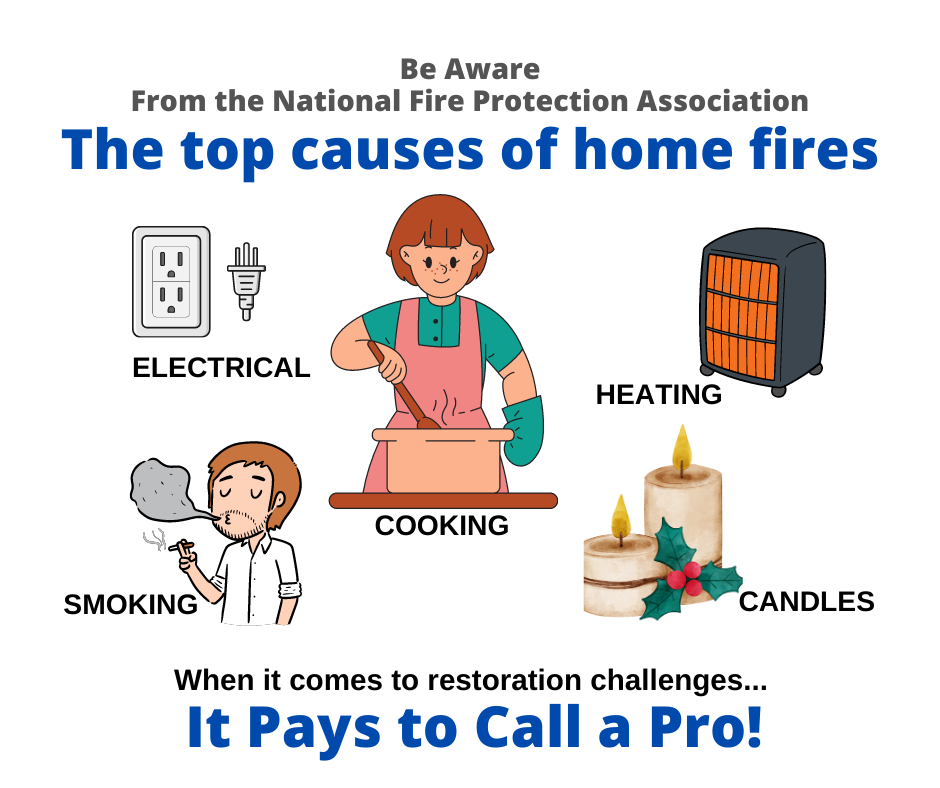
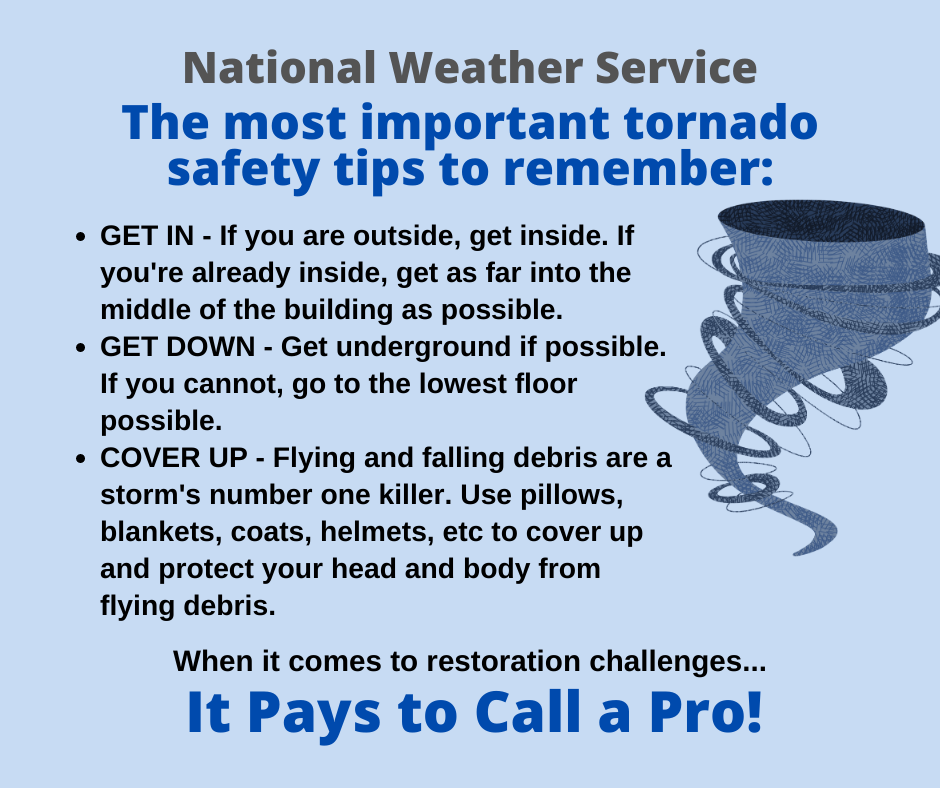
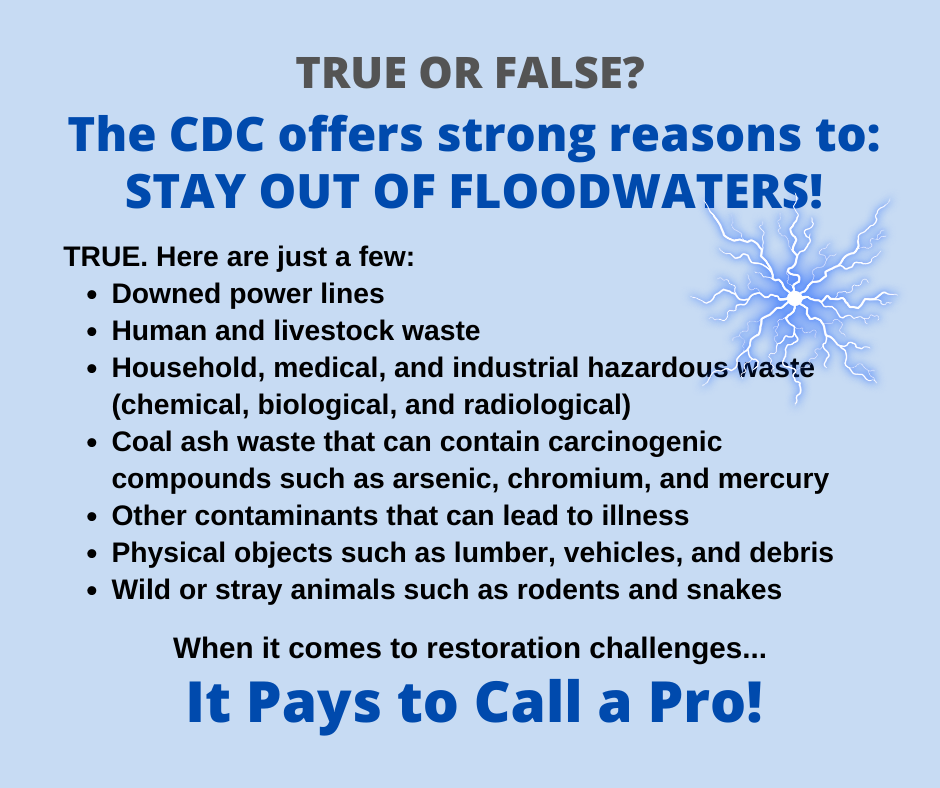
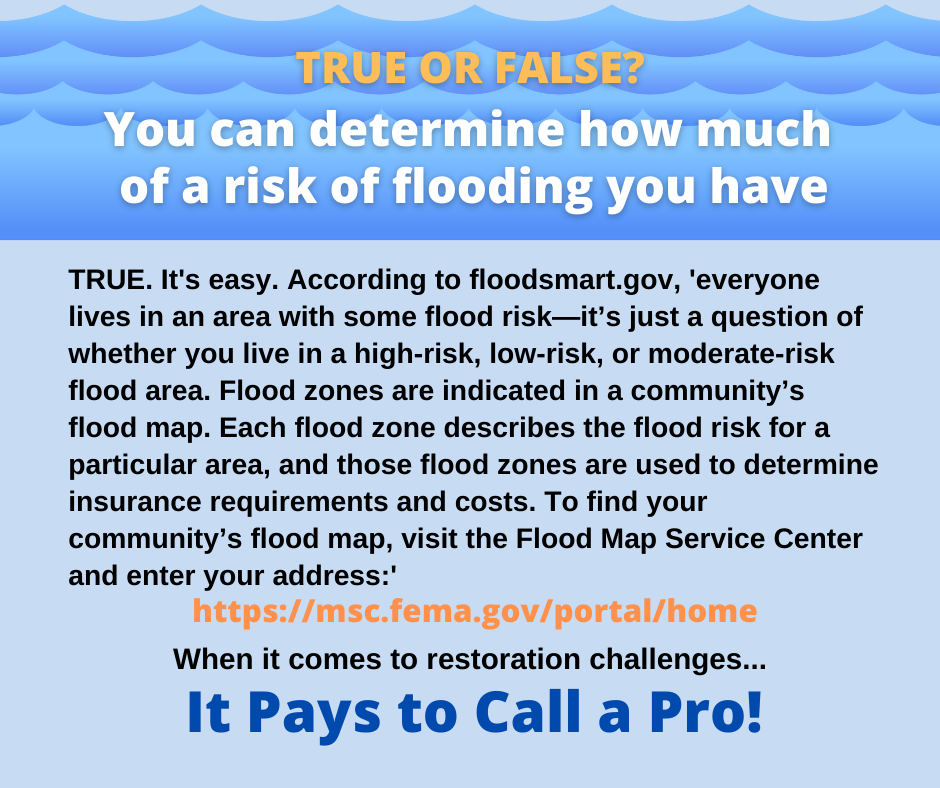
 RSS Feed
RSS Feed
